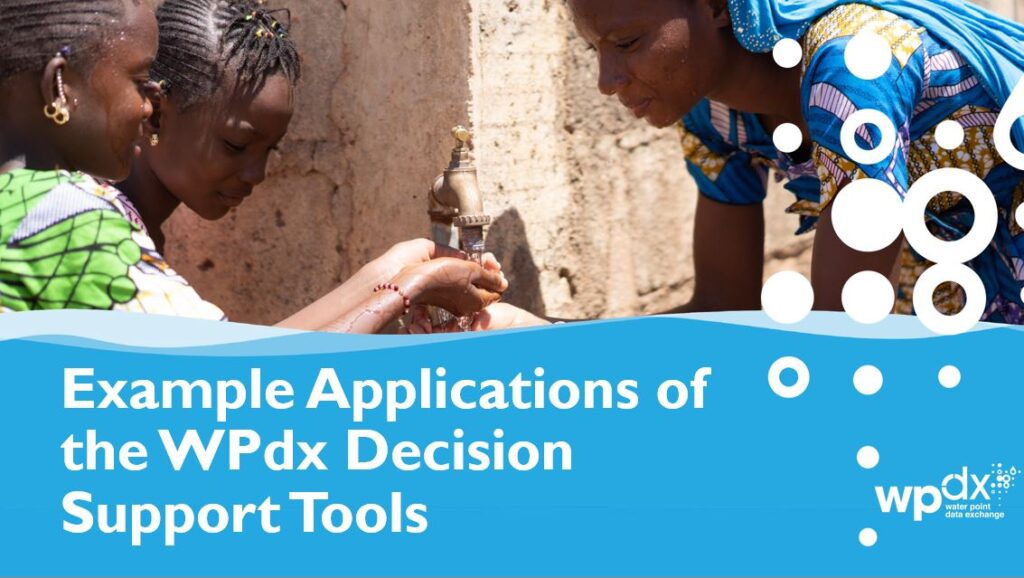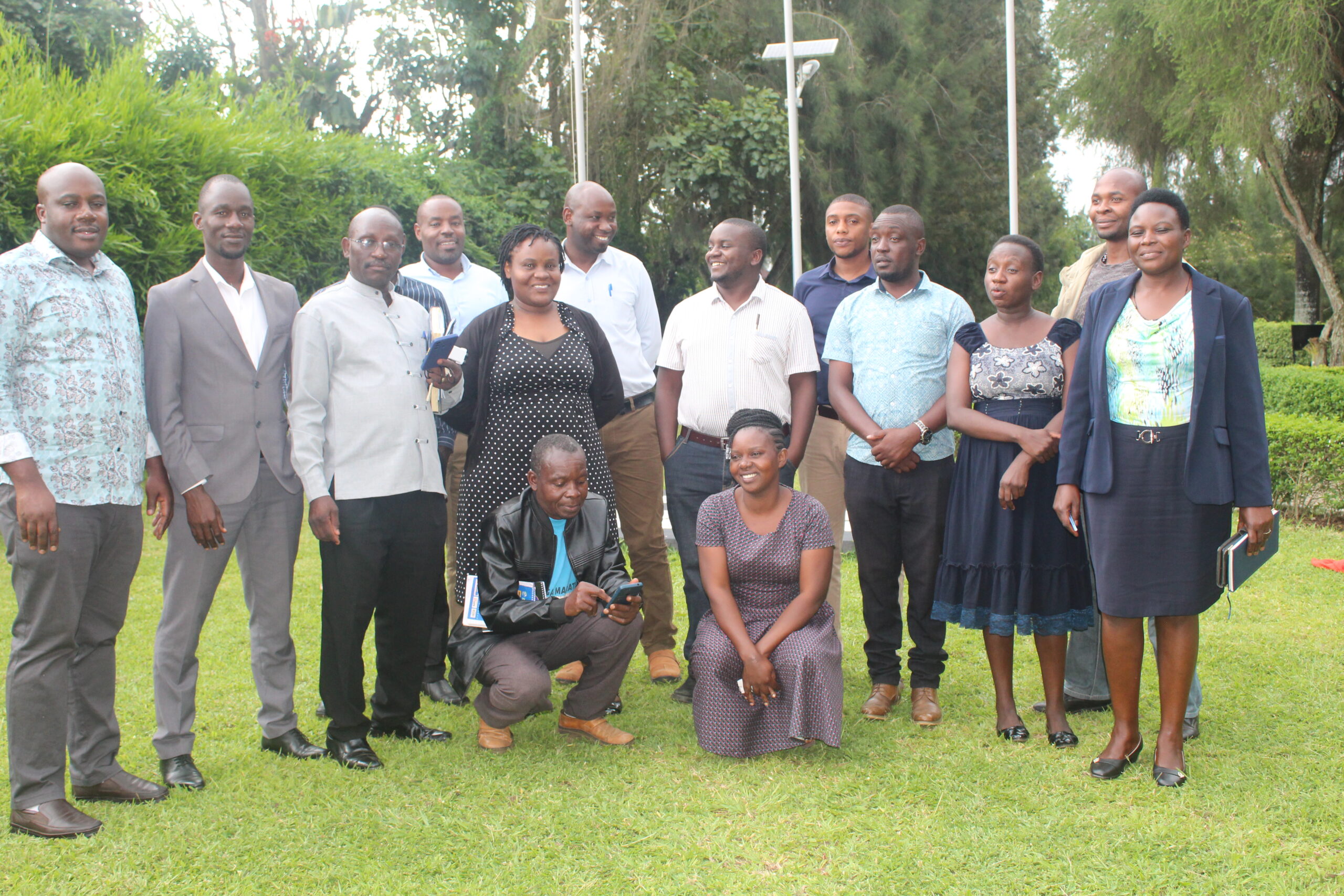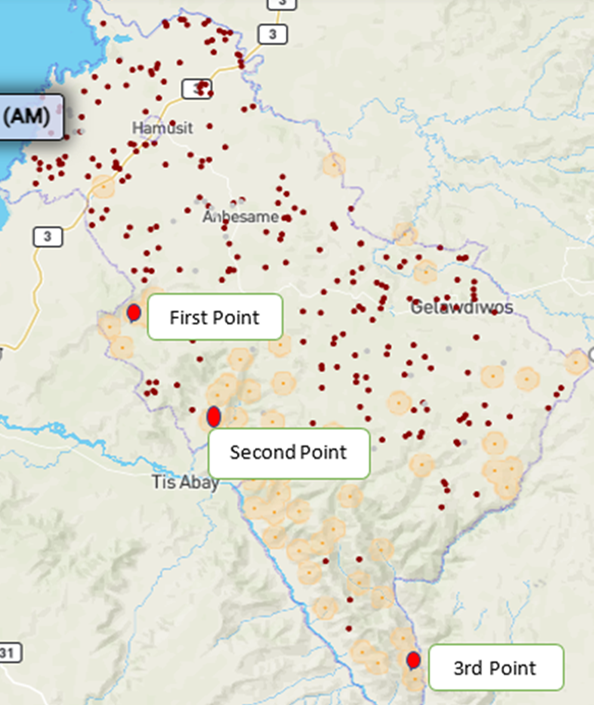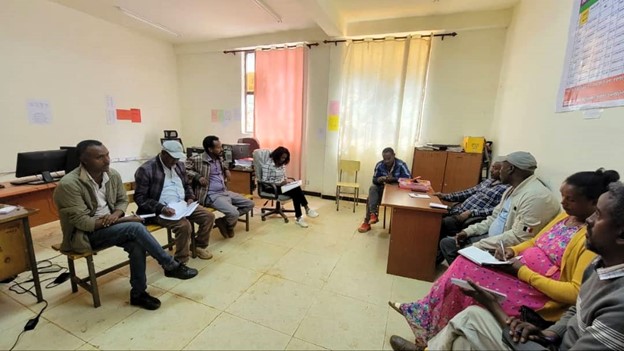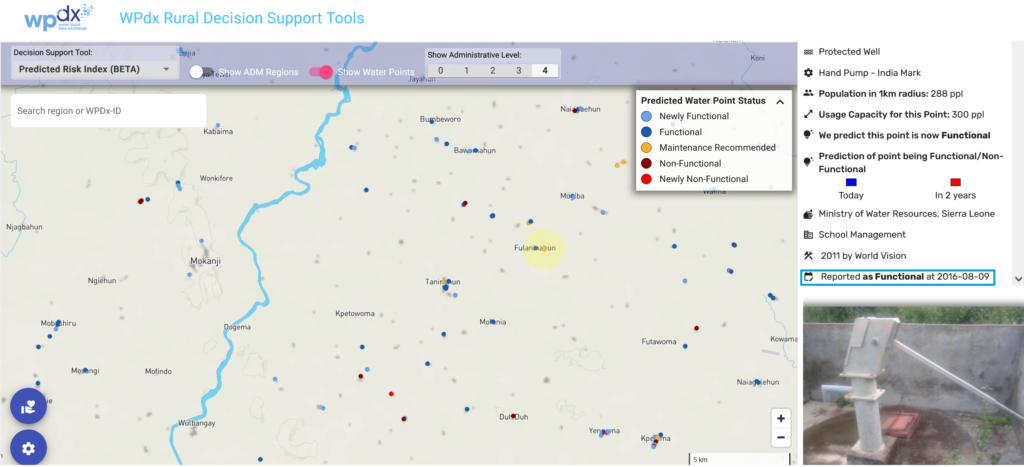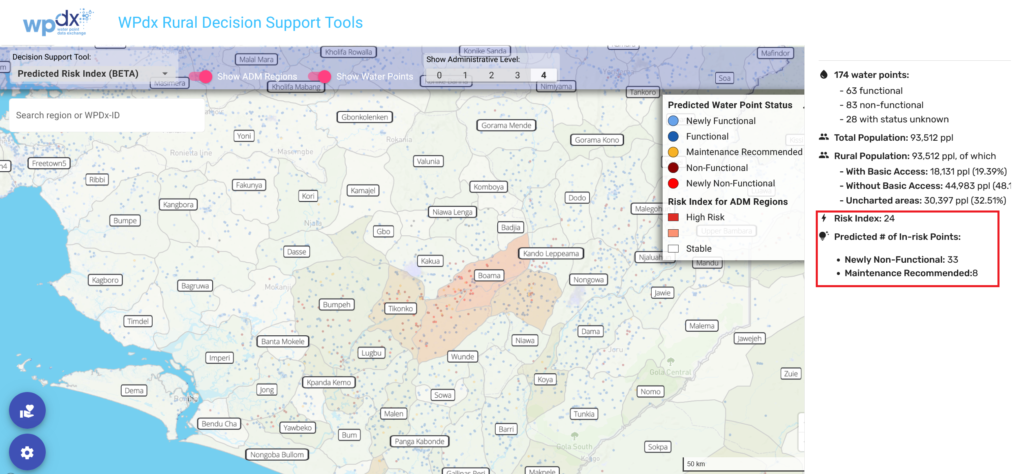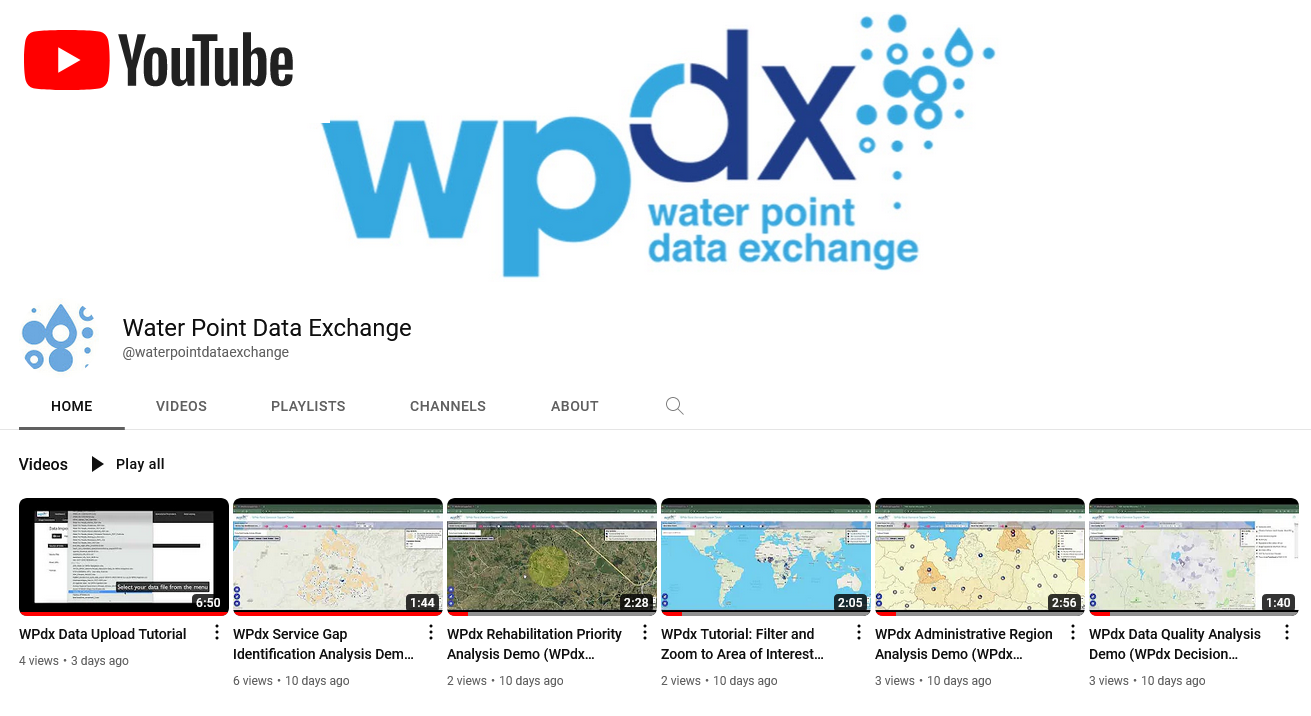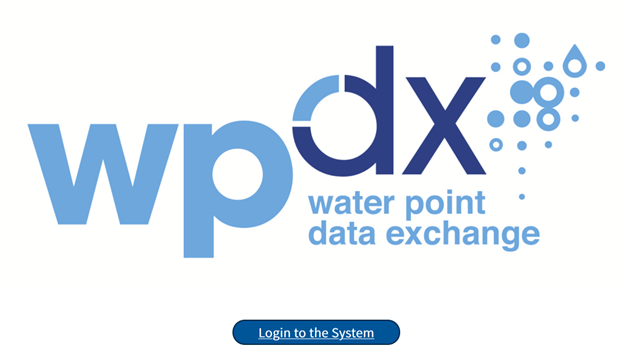We are excited to share two new resources exploring applications of the WPdx Decision Support Tools app:
- A detailed written tutorial with pictures describing how to use each tool by examining a sample case in Farta, Ethiopia
- A slide deck tutorial explaining potential use cases for each decision support tool using an example in Kabarole, Uganda
Both resources also reference video tutorials published on the new WPdx YouTube Channel.
The WPdx Decision Support Tools interactive web app allows users to view and explore available water point data and results from the WPdx+ dataset and suite of decision-support tools, including:
- Administrative Region Analysis
- Rehabilitation Priority Analysis
- Service Gap Identification Analysis
- Data Quality Score
- Status Prediction Analysis (BETA)
The Status Prediction Analysis is the newest tool in the WPdx Decision Support Tools suite. The tool is currently in the beta testing phase. However, it has functional predictions and our team is actively working with our partners at DataRobot to continutally improve the accuracy and reliability of these predictions.
Both tutorials provide an introduction to each of the tools in the WPdx Decision Support Tools suite through specific use case examples. Users will learn how to:
- Navigate each of the decision support tools.
- Filter to an organization or area of interest.
- Explore multiple use cases for each tool.
- Interpret the results for each tool.
- Export the results for external use.
Review the WPdx User Guide for information about how to use the entire WPdx platform.
Questions and Feedback
Please reach out to info@waterpointdata.org for more information.
Interested in sharing data with WPdx? Please see here for more details.



